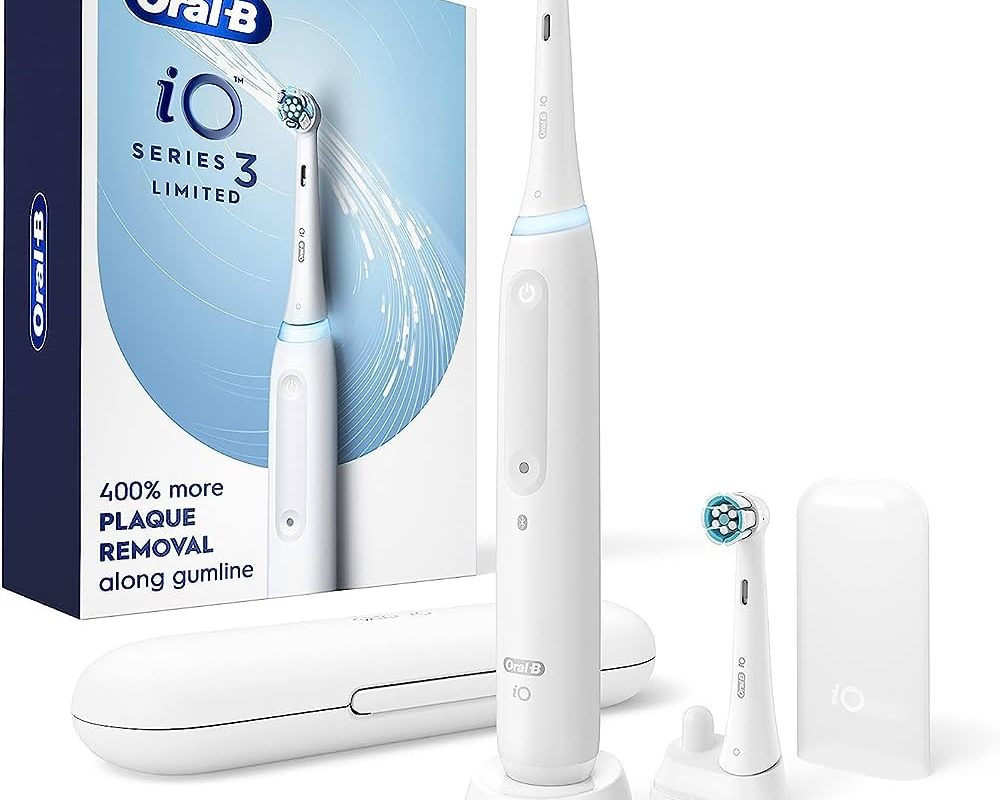Introduction:
Choosing the right electric toothbrush is essential for maintaining good oral hygiene and promoting overall dental health. Oral-B and Sonicare are two popular brands known for their high-quality electric toothbrushes. However, determining which brand is better depends on various factors, including individual needs, preferences, and oral health conditions. In this guide, we will compare Oral-B and Sonicare electric toothbrushes, examining their features, benefits, and unique selling points. By understanding the differences between these brands, you can make an informed decision and select the electric toothbrush that best suits your oral care requirements.
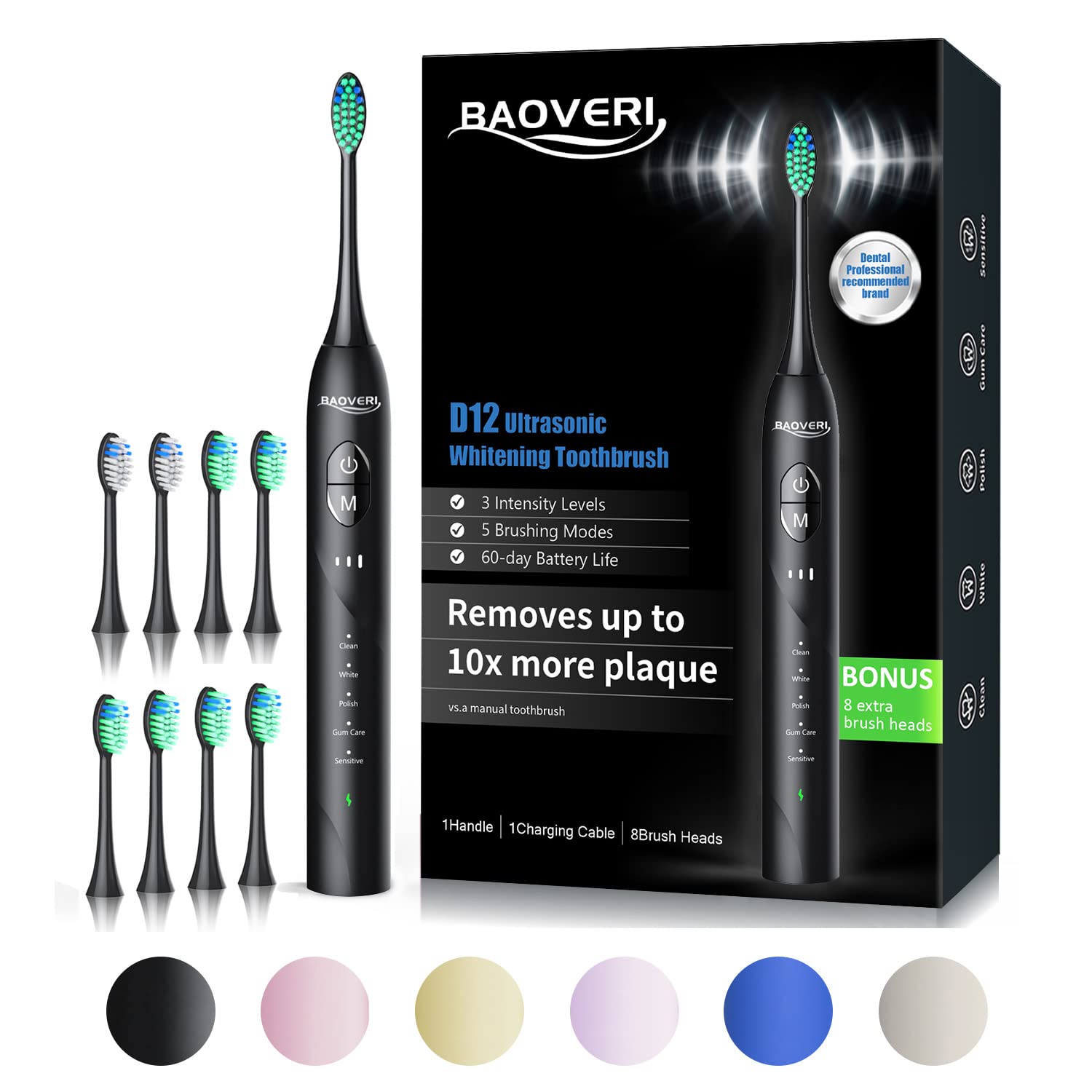
Which electric toothbrush is better, Oral b or sonicare?
Cleaning Technology:
Oral-B electric toothbrushes utilize rotating and oscillating technology, also known as oscillating-rotating, which involves small round brush heads that rotate and pulsate to provide thorough cleaning. This technology is designed to break up plaque and sweep it away effectively.
On the other hand, Sonicare electric toothbrushes use sonic technology, where the brush head vibrates at high frequencies, creating rapid movements that generate sonic waves. These waves create a fluid-like motion, allowing for effective plaque removal and cleaning even in hard-to-reach areas.
Brushing Action:
Oral-B electric toothbrushes offer a rotating and pulsating brushing action. The small round brush head rotates and oscillates in one direction and then reverses, providing a comprehensive cleaning experience. This action helps dislodge plaque and sweep it away from the teeth and gumline.
Sonicare electric toothbrushes, on the other hand, provide a sweeping motion due to the rapid vibrations of the brush head. The brush head moves side to side, creating gentle but effective cleaning action. This sweeping motion helps drive fluid between the teeth, ensuring a thorough and gentle cleaning experience.
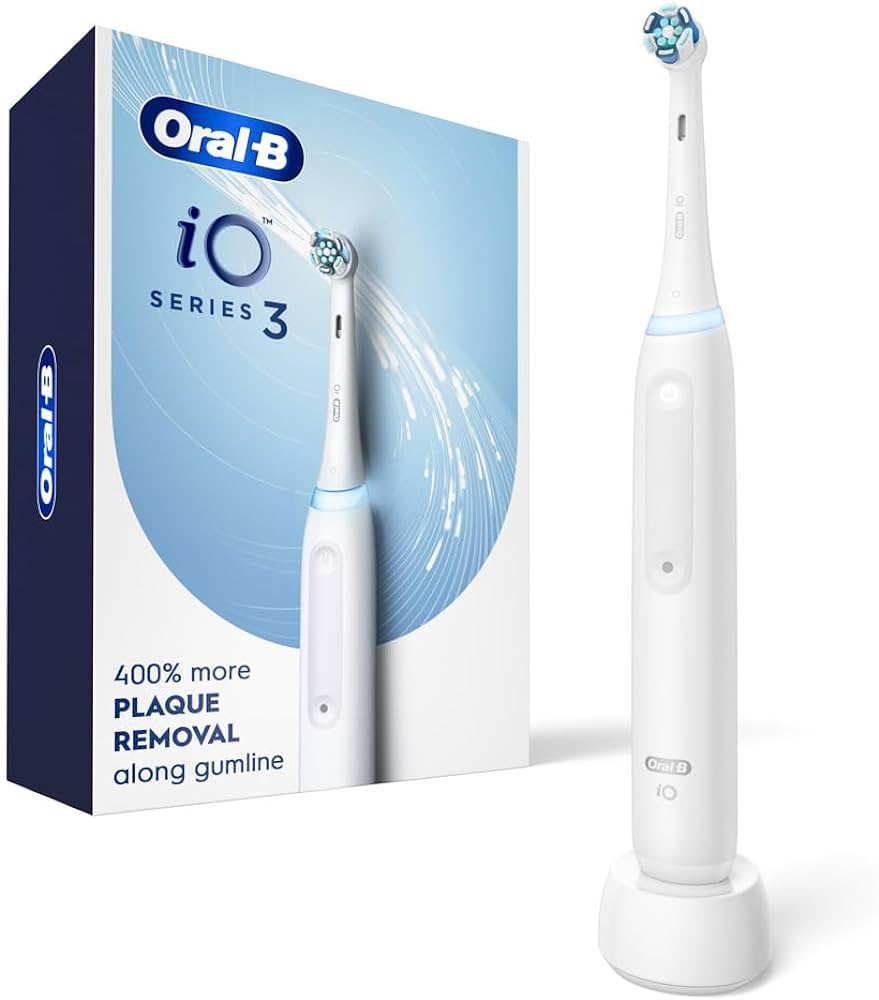
Brushing Modes and Features:
Oral-B and Sonicare toothbrushes offer various brushing modes and features to cater to different oral care needs. Here are some examples:
Oral-B: Oral-B electric toothbrushes often offer a range of brushing modes, including Daily Clean, Gum Care, Sensitive, Whitening, and Deep Clean. These modes allow users to tailor their brushing experience based on their specific oral care requirements. Some Oral-B models also feature pressure sensors that alert users if they apply too much pressure while brushing, helping to prevent overbrushing and potential gum damage.
Sonicare: Sonicare toothbrushes typically provide multiple brushing modes as well, such as Clean, Sensitive, Gum Care, Deep Clean, and Whitening. Additionally, some Sonicare models feature advanced sensors that monitor the brushing technique and provide real-time feedback to ensure thorough and consistent brushing. Certain models also include built-in timers that help users maintain the recommended brushing time of two minutes.
Toothbrush Heads:
Both Oral-B and Sonicare offer a variety of toothbrush heads to cater to different cleaning needs. Here are some key points regarding toothbrush heads:
Oral-B: Oral-B offers a wide range of brush head options, including CrossAction, FlossAction, 3D White, Sensitive, and Ortho Care, among others. These brush heads are designed to address specific oral care concerns, such as plaque removal, gum health, teeth whitening, and cleaning around braces or orthodontic appliances. The brush heads typically feature bristles that are arranged in a specific pattern to maximize cleaning efficiency.
Sonicare: Sonicare toothbrushes also offer a variety of brush head options, such as DiamondClean, AdaptiveClean, InterCare, and Sensitive. These brush heads are designed to provide gentle yet effective cleaning, and some contain specialized bristles for plaque removal and gum care. Sonicare brush heads often feature a contoured shape to fit the natural contours of the teeth and gums.
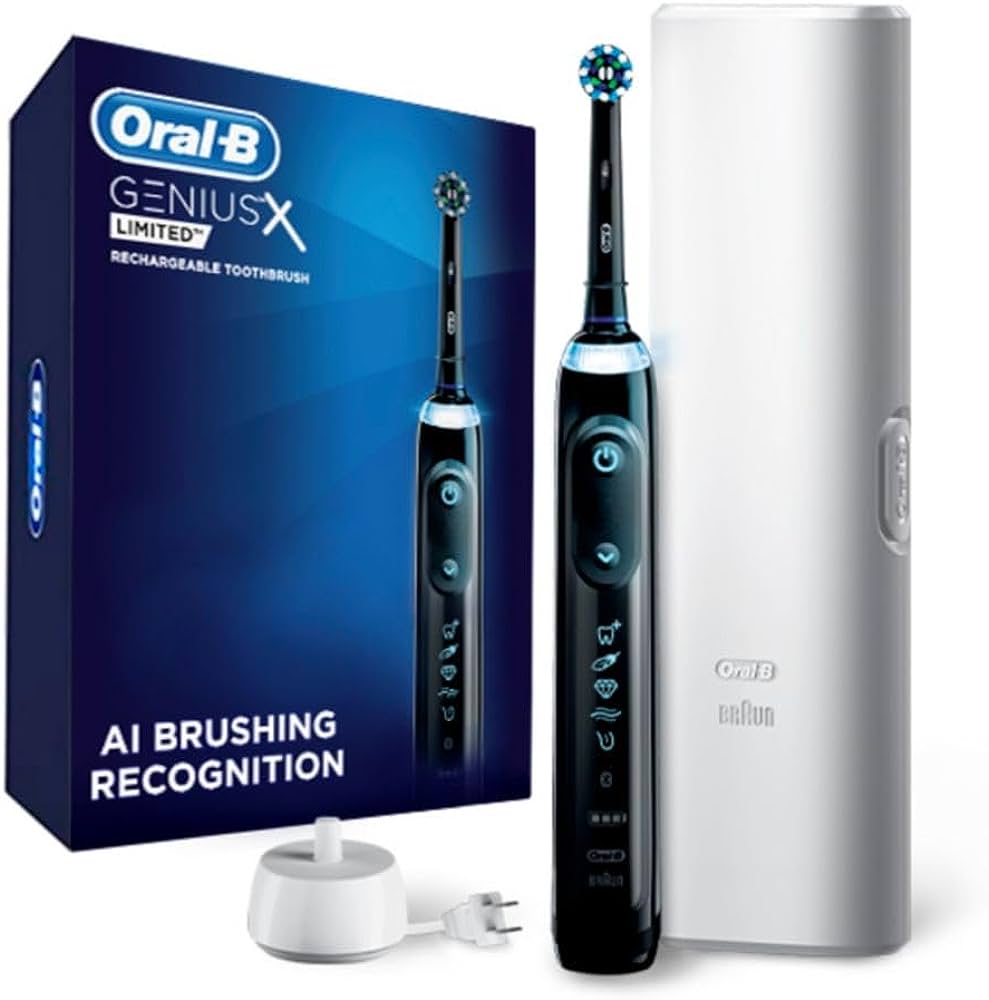
Battery Life and Charging:
Battery life and charging options are important considerations when comparing Oral-B and Sonicare electric toothbrushes. Here are some aspects to consider:
Oral-B: Oral-B toothbrushes typically operate on rechargeable batteries. The battery life varies depending on the model, but most Oral-B toothbrushes can last up to two weeks on a full charge, based on regular usage. Oral-B toothbrushes generally come with charging stands or bases that can be easily plugged into a power source.
Sonicare: The Sonicare toothbrushes also operate on rechargeable batteries, and the battery life varies among different models. Sonicare toothbrushes often offer longer battery life compared to Oral-B, with some models capable of lasting up to three weeks on a full charge. The Sonicare toothbrushes usually come with charging bases or stands, and some models even offer wireless charging options.
Pricing and Accessibility:
When comparing Oral-B and Sonicare electric toothbrushes, it’s important to consider pricing and accessibility. Here are some aspects to keep in mind:
Pricing: Oral-B and Sonicare toothbrushes are available at different price points, depending on the models and features. Generally, Oral-B toothbrushes tend to be more affordable, with a range of options suitable for various budgets. Sonicare toothbrushes, on the other hand, are often positioned in the premium segment and may have a higher price range.
Accessibility: Both Oral-B and Sonicare toothbrushes are widely available through various channels, including online retailers, supermarkets, pharmacies, and dental offices. They are popular brands and can be easily accessed in most regions.
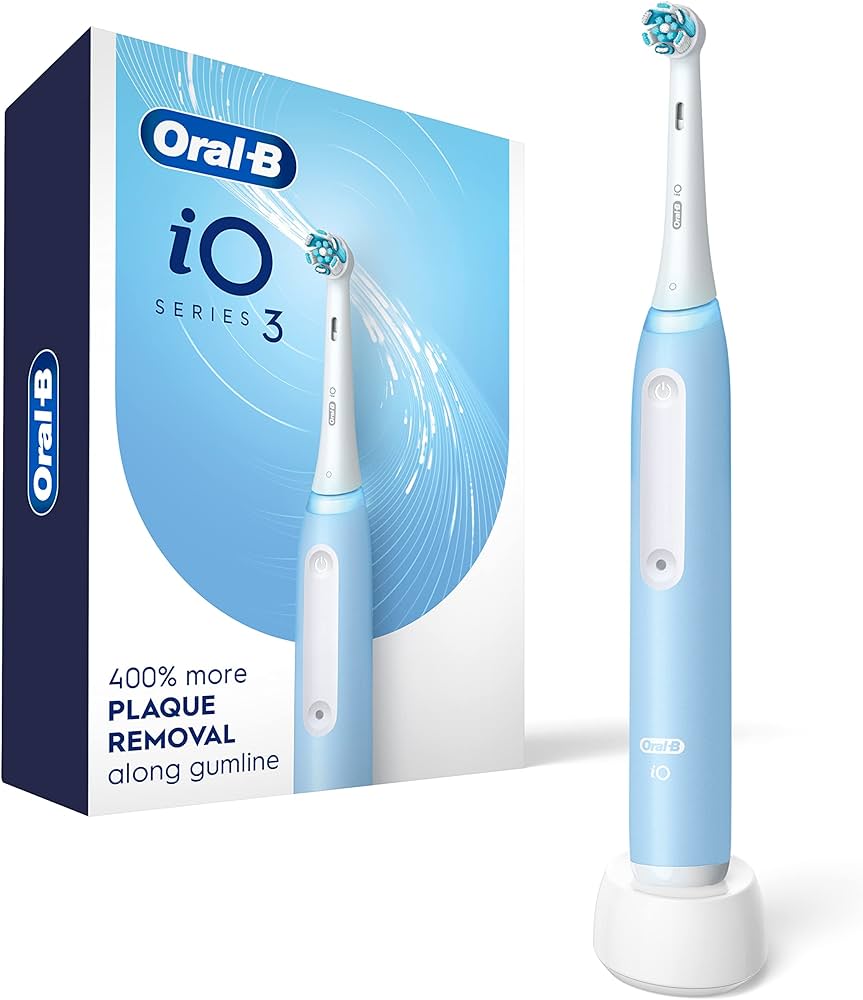
Professional Recommendations and Endorsements:
Both Oral-B and Sonicare have received endorsements and recommendations from dental professionals and organizations. Dentists and dental hygienists often recommend electric toothbrushes from both brands, emphasizing the importance of regularly using an electric toothbrush as part of a comprehensive oral care routine. It’s worth noting that professional recommendations may vary, and individual dentists may have personal preferences based on their clinical experience.
Personal Preference and Comfort:
When comparing Oral-B and Sonicare electric toothbrushes, personal preference and comfort are key factors to consider. Each brand has a unique feel and brushing experience, and what works well for one person may not be the same for another. Some individuals may prefer the rotating and oscillating motion of Oral-B, finding it more familiar and comfortable. Others may enjoy the sweeping motion of Sonicare, which provides a gentle and soothing brushing experience. It’s advisable to try out both brands if possible or read reviews from users with similar oral care needs to determine which one feels more comfortable and effective for you.
Oral Health Conditions and Special Requirements:
Individuals with specific oral health conditions or special requirements may find that one brand suits their needs better than the other. For example:
- Gum Sensitivity: If you have sensitive gums, you may benefit from the gentle sweeping motion of a Sonicare toothbrush, as it minimizes irritation and discomfort. Sonicare models specifically designed for sensitive gums may provide additional relief and care.
- Orthodontic Appliances or Braces: Oral-B offers brush heads specifically designed for cleaning around orthodontic appliances, making it a suitable choice for individuals with braces. The specialized bristle patterns and small round heads of Oral-B brush heads can effectively clean around brackets and wires.
- Plaque Removal: Both Oral-B and Sonicare toothbrushes are effective in plaque removal. However, some individuals may find that one brand is more efficient in removing plaque based on their specific oral health conditions. It’s recommended to consult with your dentist or dental hygienist to determine which brand may be better suited for your plaque removal needs.
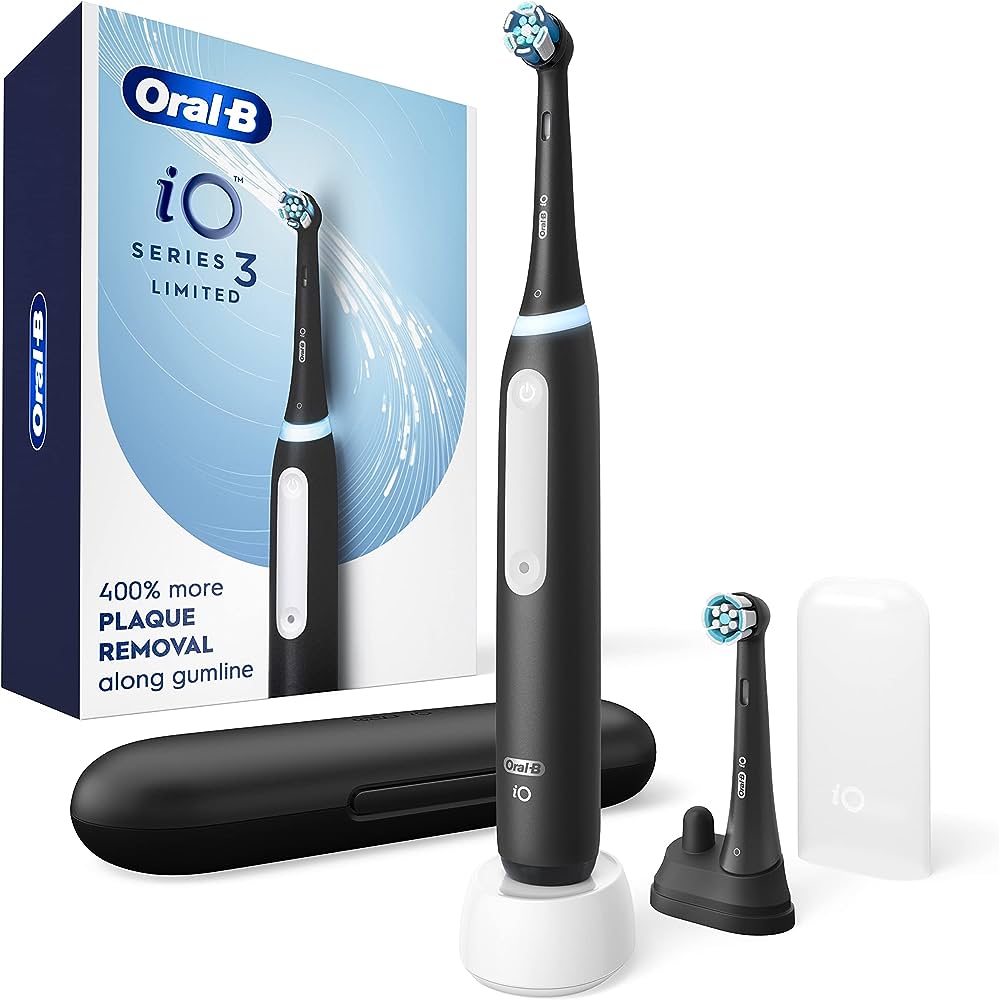
Conclusion:
Determining the better brand between Oral-B and Sonicare electric toothbrushes ultimately depends on your individual needs, preferences, and oral health conditions. Both brands offer unique features and benefits that cater to different oral care requirements. Oral-B toothbrushes provide rotating and pulsating brushing action, a variety of brush head options, and customizable brushing modes. Sonicare toothbrushes offer sweeping motion, a range of brush head options, and advanced features like real-time feedback and longer battery life. Consider factors such as cleaning technology, brushing modes and features, toothbrush heads, battery life, pricing, accessibility, and professional recommendations when making your decision. Ultimately, choosing the right electric toothbrush is a personal choice that should align with your oral care goals and preferences.

